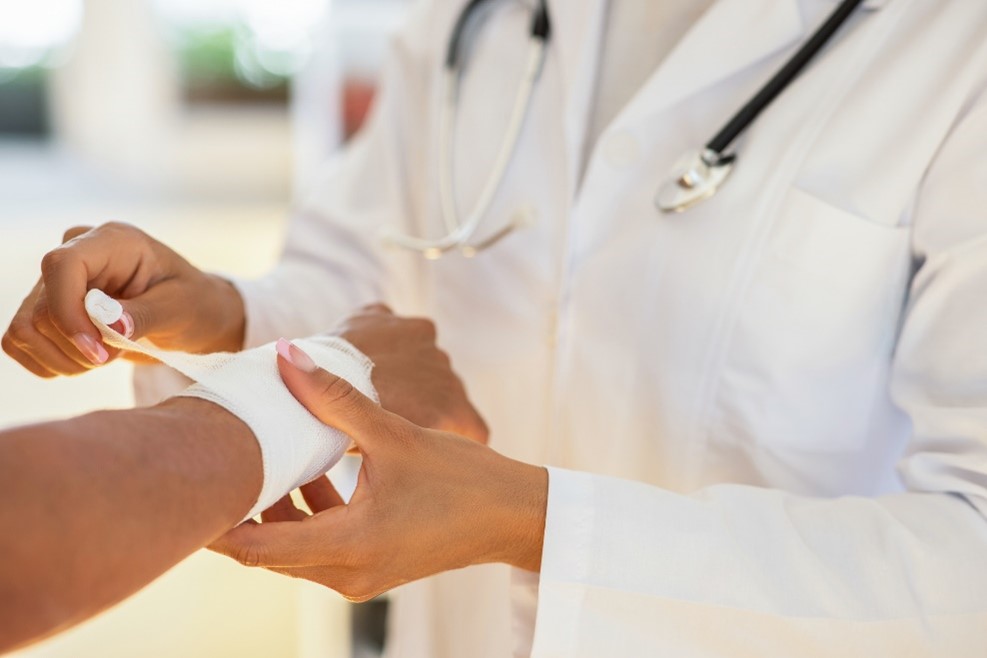Tackling Non-Healing Wounds: An Insight into Causes, Treatments, and Preventive Actions
Understanding Non-Healing Wounds
If you have a wound that does not seem like it is ever going to heal, you may feel concerned and frustrated. While non-healing wounds can sometimes be something simple, like a papercut in an awkward placement on the body, or a blister that is lingering longer than you would like, they can also be quite serious. Some non-healing wounds are caused by abnormal blood flow, and if left untreated, can lead to infections and other grave health issues, including amputation.
What Causes Non-Healing Wounds?
Non-healing wound causes can vary widely, and the type of wound significantly factors into why it does not seem to be healing. In general, though, non-healing wounds are caused by a deeper issue, like a chronic condition, poor body circulation, poor nutrition, and even the patient’s age and body size. Additionally, these wounds may not heal on their own because of excessive swelling due to vein disease, or because of an underlying infection. How do you know whether the wound you have is a true non-healing wound, or is just taking longer than you would like to get back to normal?
Signs of Non-Healing Wounds
A non-healing wound is a chronic wound or cut that may fester for months on end. The skin surrounding the wound may be irritated and inflamed, and there may be discharge from the wound. A foul odor is an indication of a non-healing wound, as is a change in color, or necrotic or black wound edges. These symptoms can be alarming, but there are effective non-healing wound treatments. Additionally, venous disease, also called venous insufficiency, is often the underlying medical condition involved in these wounds, and it is also treatable. A medical professional who looks for the underlying issues rather than simply treating the wound is much more likely to be able to treat it effectively.
Types of Non-Healing Wounds
There are many different types of non-healing wounds, some of which can have serious consequences if incorrectly treated. Some of the most common non-healing wounds include:
- Surgical Wounds: Whether you have had minor surgery or invasive major surgery, the incision can result in a non-healing wound if it is located on a sensitive or tight part of the body, or in a place that tends to be exposed to rubbing, abrasions, and movement.
- Traumatic Wounds: A burn, deep cut, or any other type of intense wound can take a long time to heal, especially if it is in a place subject to frequent washing, movement or other disturbance from everyday activities.
- Venous Ulcers: These sores are usually found on the legs and ankles, and can take a very long time to heal. Even when properly treated, they may not return to normal for three or four months.
- Bedsores/Pressure Sores: These sores are created by pressure or being bed-ridden, which makes it difficult for them to heal. Healing requires rest, and these sores are caused by rest, so they are hard to treat.
- Arterial Ulcers: Often located on the legs and feet, these sores take a long time to heal, largely because of the amount of pressure they endure daily. In healthy people, they can heal in a week or two. In people with poor health or underlying conditions, healing can take much longer.
- Diabetic Ulcers: For a person with diabetes, injuries take a long time to heal. Diabetic ulcers can take several weeks to heal, even when properly treated.
Treating a Non-Healing Wound
There are certain measures you can take to prevent non-healing wound issues, and help address a wound once it has occurred. Proper hygiene, for example, is important for avoiding these types of wounds, and for helping them heal more quickly. Proper nutrition, quality sleep, and good stress management are also vital for promoting healing, both of non-healing wounds and of other bodily issues. However, the best course of action in treating a non-healing wound is to seek professional medical assistance. The right doctor can determine the underlying cause of the wound and properly treat it. Even something as simple as dressing the wound properly can have a significant impact on healing. However, if you are suffering from a venous or arterial wound, it may require more in-depth treatment. Sterilization and debridement, compression bandages, antibiotics, and even surgery may be necessary for your wound to heal, and the right specialist can create an appropriate treatment plan.
Relief from Non-Healing Wounds
Often, wounds don’t heal because the underlying cause is not understood, which is why it is crucial to seek out the care of an expert who can provide an in-depth evaluation and create an effective treatment plan. If you’re seeking help with non-healing venous or arterial wounds, trust the board-certified physicians at the Arizona Vein & Laser Institute. Using the most advanced technology, the vascular and cardiovascular surgeons at the Arizona Vein & Laser Institute provide care for all types of venous diseases. With over 40 years of experience, our team of experienced physicians can devise the right treatment plan to address your venous disease problems. For more information contact us through our website.

